There is a lot of information online about feeding bread to birds; some people say it’s not that bad for them, and others say it is bad for them. In this post, I’m going to explore the natural diets of some common birds and find out if bread is something they should eat. You may be surprised by what you find out by reading this article.
As a general rule birds should not eat bread. It has no nutritional value and acts as a filler meaning they feel full after eating it and do not eat other natural sources of food that are nutritionally good for them. Diseases such as Angel Wing are attributable to a high-calorie diet due to eating bread.
In the following paragraphs, I’m going to explore the natural diets of Ducks; birds frequently fed bread at public parks and lakes. Continue reading to find out why it is not a good idea to feed bread to birds and what you can safely feed them.
As an Amazon Associate, I earn from qualifying purchases. Birdwatch World earns commissions from Amazon and similar affiliate programs from any purchases made via links in this article.
What Do Wild Ducks Eat?
Wild ducks such as the Australian Pacific Black Duck feed mainly on seeds of aquatic plants. They supplement their diet with small crustaceans, yabbies, fairy shrimps, mollusks, and insects. All these food sources provide the ducks with the essential nutrients they need for healthy existence.
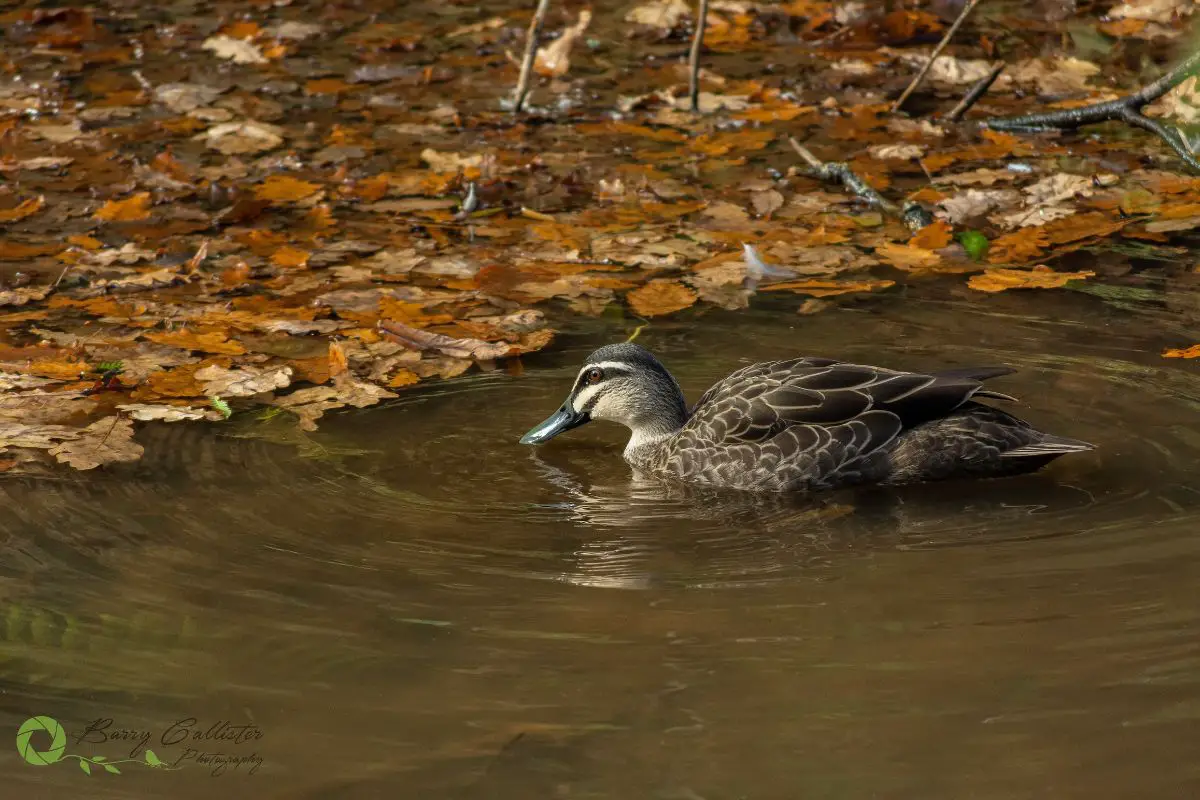
To my knowledge, there have not been any studies done on the exact nutritional requirements of Pacific Black Ducks in the wild. There is, of course, nutritional information available for domestic ducks but naturally, this is compiled to produce the best meat for human consumption, not simply to keep the ducks alive and healthy. So all we can do is look at their natural diet and compare its nutritional value to that of bread.
What Nutritional Value Does Bread Contain For Birds?
Below is a table containing the nutrition information of a typical 700g loaf of White Bread. There are 9.5 servings per loaf (17 slices and 2 crusts) and a serving size is 74g (2 slices).
| Quantity Per Serving | Quantity Per 100g/100mL | |
|---|---|---|
| Energy | 730kJ | 980kJ |
| Protein | 6.1g | 8.3g |
| Fat, Total | 2.0g | 2.7g |
| – Saturated | <1.0g | <1.0g |
| Carbohydrate | 29.5g | 39.9g |
| – Sugars | 1.6g | 2.1g |
| Dietary Fibre | 6.0g | 8.1g |
| Sodium | 260mg | 350mg |
| Vitamin B1 (thiamin) | 0.8mg | 1.1mg |
| Vitamin B3 (niacin) | 3.7mg | 5.0mg |
| Vitamin B6 | 0.6mg | 0.8mg |
| Vitamin E | 2.7mg | 3.7mg |
| Iron | 4.4mg | 6.0mg |
| Zinc | 1.6mg | 2.2mg |
What do small birds eat? Find out in this article on my blog.
The ingredients listed on the above loaf of bread are as follows:
Unbleached Wheat Flour, Water, WonderFibre Blend (Hi-maize(Hi-Maize starch is maize cornflour milled only from unique Australian-developed maize with high resistant starch content.), Wheat Fibre) (5.4%), Yeast, Canola Oil, Vinegar, Iodised Salt, Wheat Gluten, Acacia Gum, Cultured Wheat Flour, Soy Flour, Vegetable Emulsifiers (471, 481, 472e), Vitamins (Niacin, Vitamin E, Thiamin, Vitamin B6, Folic Acid), Minerals (Iron, Zinc).
The Natural Diet Of A Pacific Black Duck
A Pacific Black Duck will feed on plant and animal food it finds in the water by dabbling (dipping its head below the water’s surface), or dredging (digging in dirt or mud with its beak). They will also strip seeds from plants along the water’s edge. The main seeds in its diet are from aquatic grasses such as barnyard millet, water couch, and summer grass.

It was extremely difficult to find nutritional information about the grass seeds that Pacific Black Ducks eat. As most of them are not consumed by humans, not much study has been done on the nutritional value of these plants. I did manage to find this information from the Waterfowl Management Handbook published by the United States Department of the Interior Fish and Wildlife Service:
⇐Swipe to see the entire table on a smartphone⇐
| Common Name | Gross Energy (kcal/g) | Fat (g) | Fiber (g) | Protein (g) |
|---|---|---|---|---|
| Barnyard Grass (Millet) | 3.9 | 2.4 | 23.1 | 8.3 |
| Smartweed (sim. to Water Couch) | 4.4 | 2.8 | 22.0 | 9.7 |
| Hairy Crabgrass (summer grass) | 4.4 | 3.0 | 11.1 | 12.6 |
Though the sample sizes may be different in this data, it’s clear to see that a Pacific Duck’s natural food source is higher in fiber and protein. It also does not contain all the added sugar and salt of bread. There could be some natural sugars present but I would think the salt content would be quite low and dependent on the level of ground salt in the area.
From this data, we can conclude that bread is basically junk food for ducks and other birds. It is just an empty filler and provides them with little of the nutrients they get from their natural food sources.
Read about 10 Australian birds that love to eat fish in this post here on my blog.
Can Birds Eat Crackers?
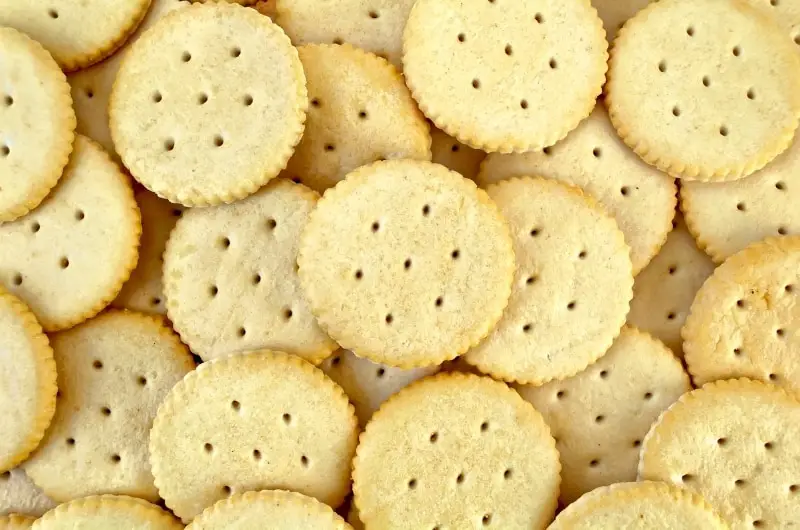
If birds can’t eat bread, then how about crackers? This is another picnic food often eaten near parks and lakes where ducks and other birds can be found, so is it safe to feed it to the birds?
Crackers, like bread, should not be fed to wild birds. The nutritional content of crackers is much lower than that of a bird’s natural diet and thus they are simply an empty filler. Birds will fill up on crackers and not feel hungry enough to eat food in their environment that benefits their health.
Let’s look at the nutritional value of a 300g packet of Ritz Crackers, a standard type of cracker sold in supermarkets here in Australia:
Servings per package: 15
Serving size: 20g
| Quantity Per Serving | Quantity Per 100g/100mL | |
|---|---|---|
| Energy | Approx. 430kJ | Approx. 2150kJ |
| Protein | Approx. 1.3g | Approx. 6.3g |
| Fat, Total | Approx. 5.3g | Approx. 26.6g |
| – Saturated | Approx. 2.4g | Approx. 12.1g |
| Carbohydrate | Approx. 12.1g | Approx. 60.3g |
| – Sugars | Approx. 1.5g | Approx. 7.6g |
| Dietary Fibre | – | 2.9g |
| Sodium | Approx. 85g | Approx. 425mg |
Comparing this to the nutritional information of the grasses in the above section, it is again clear that crackers have little nutritional value to wild ducks. To be honest, they have little nutritional value to us?!
Please do not feed crackers to wild birds as you are causing more harm than good. It’s not just the lack of nutrition in these foods that is a problem, feeding wild birds also present others problems within their environment and also diseases.
Can Feeding Wild Birds Kill Them?
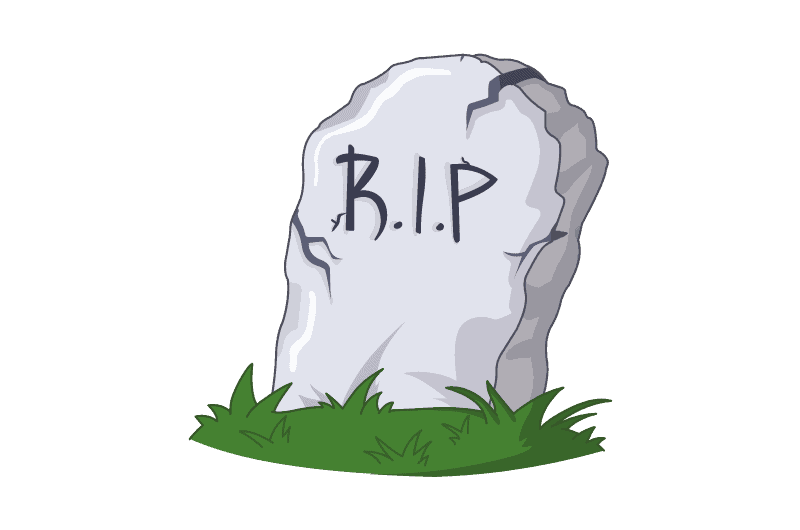
Feeding wild birds can in fact kill them and it is something that should be avoided. It causes changes in their natural feeding behaviors; overcrowding in bird populations, diseases such as Angel Wing, and habitat degradation, and can lower the birds’ natural fear of predators.
While feeding birds at the local park or lake may not kill them instantly, you really are doing so much more harm than you are aware of. A lot more education for the public is needed to try to curb this common activity that has been enjoyed by children and adults alike through generations.
Birds Get Fat On Our Junk Food
We have already established that bread and crackers are basically junk food for birds. They will fill up on these low-nutrition foods and therefore not eat the food in their surroundings that nature intended them to eat for survival. They are not getting “fat” per se but they are becoming malnourished.
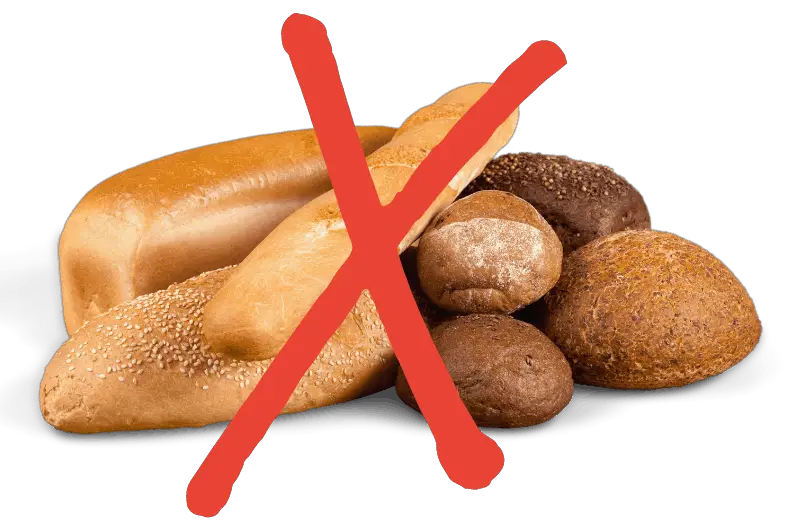
Now you might be saying “well, we eat junk food from time to time and it doesn’t kill us as long as we don’t overdo it.” This is true however, we are not aware of how many other people may be feeding this food to the ducks. You simply have to go to any public lake and watch the ducks, swans, and geese flock toward you to know that they’re aware of where to get food; proof that it happens quite often.
It is true that the occasional meal of bread or crackers would most likely not affect a duck or swan but we still should not feed them just to be safe.
Studies have been done on Swans in urban areas on the Thames in England. Some Swans were found to have become so dependent on hand-outs from humans that if they weren’t being fed by anyone, they would simply wait instead of eating the local vegetation. This can lead to critical depletion of food supplies when people simply aren’t coming to feed them, especially at the end of summer when they need to begin building up their reserves for winter.
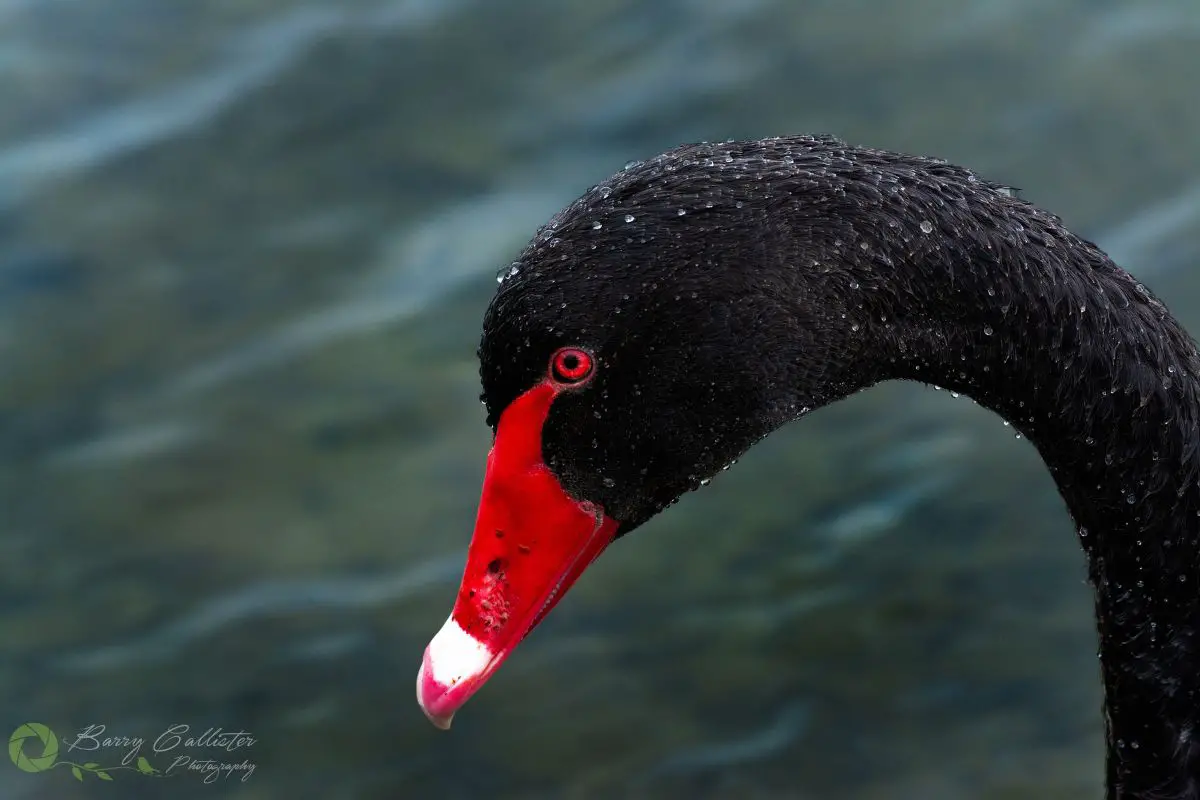
Diseases Caused By Feeding Birds
The malnutrition birds experience from a diet of mainly human food causes crippling diseases. I have mentioned Angel Wing earlier in this article and this is not the only disease waterfowl are affected by.
Angel wing, also called aeroplane wing, slipped wing, crooked wing, or drooped wing is a condition where the last joint of the wing becomes twisted causing the ends of the wings to point laterally outwards. This renders the birds effectively or totally flightless and thus extremely vulnerable to predators. The syndrome develops in young birds as a result of a high-calorie, high-protein diet.
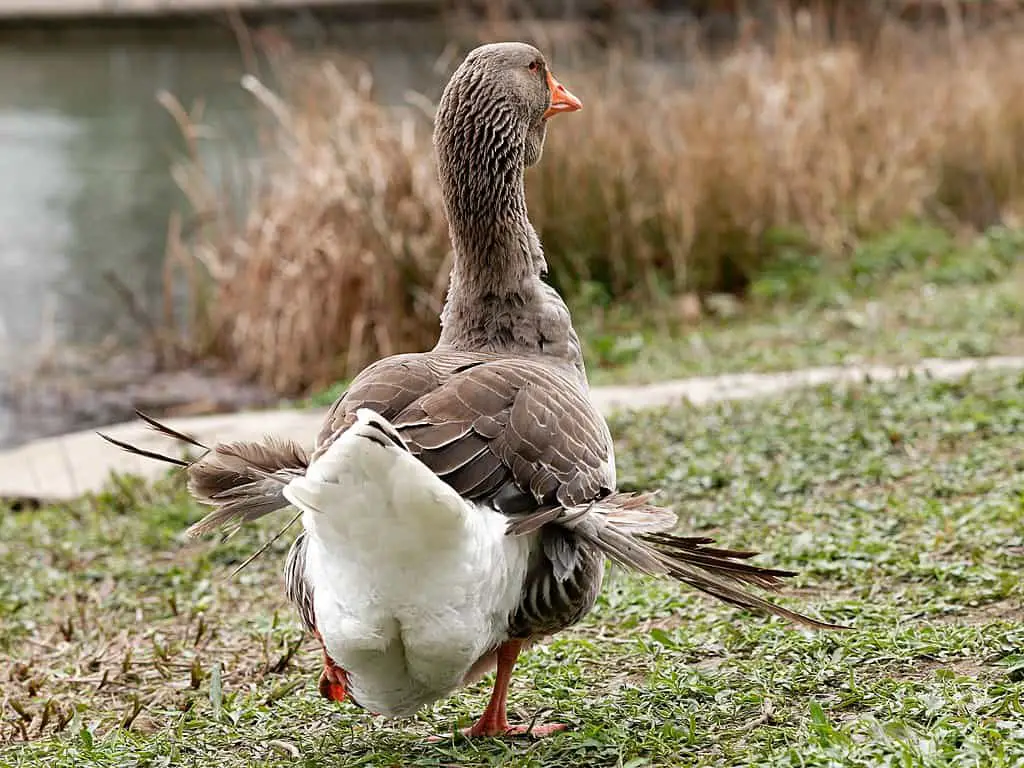
Waterfowl in public parks are often brought to wildlife rescue centers suffering from MBD or metabolic bone disease. MBD causes incredibly soft bones and joints in these birds which results in fractures and malformation. It is caused by a calcium deficiency in the body from an inappropriate diet.
Other diseases such as botulism, avian cholera, duck plague (duck enteritis virus), and aspergillosis (fungal infection) also occur as a result of overcrowding.
Leftover food also draws in many rodents which may lead to other disease outbreaks, including those transmittable to humans.
Too Many Birds At The Table
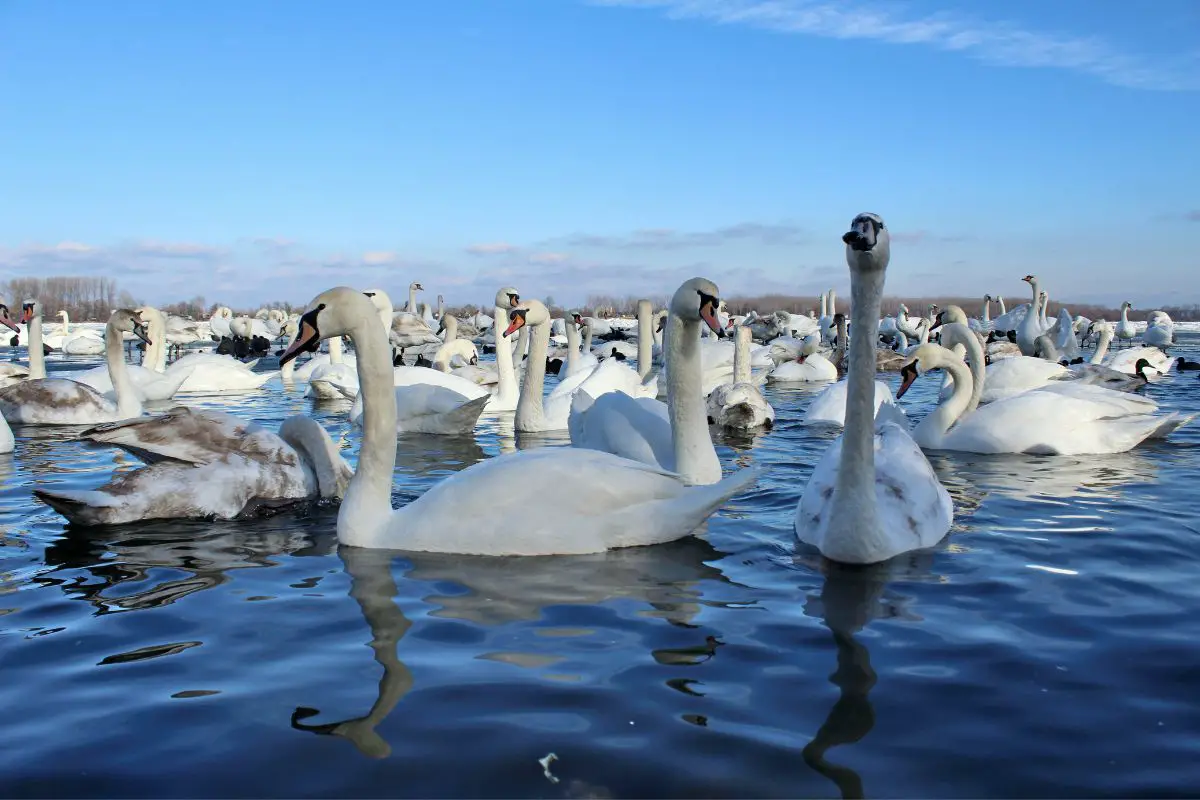
Any lake or body of water can sustain a certain amount of waterfowl which will naturally be balanced out by the availability of naturally occurring resources. When you introduce supplemental food such as bread or crackers overcrowding occurs which puts a strain on the birds and the environment.
Birds know how to find food and they will be drawn to areas where humans are doing a lot of feeding. This increase in bird population puts a strain on the ecosystem of any body of water where it occurs. Having too many birds in a certain amount of space leads to increased competition for food. Birds become abnormally aggressive which leads to injuries in less dominant birds.
Problems are also created during the breeding season when male ducks will gather in numbers to mate with females. The males are very aggressive in their quest to mate and will pull out each other’s feathers and tussle about causing lacerations. Female ducks are sometimes drowned beneath aggressive males during these fights.
Discover how long birds stay in the nest in this article here on my blog.
Damage To The Ecosystem

When bird populations increase, so do the strains on the ecosystems they live in. It’s logical that an area of a certain size can only accommodate a certain number of birds before the natural balance is tipped.
More birds mean more poop and a lot of feces in the water increases carbon, phosphorous, and nitrogen levels in the water and surrounding grassland. This increase of nutrients in the water promotes algae growth which can make the water cloudy and foul-smelling and even kill fish. Some algae also produce toxins that are harmful to wildlife, pets, and humans.
Excessive bird populations also lead to damage to the shorelines around these lakes and ponds, which begin to erode.
What Can You Feed Birds?
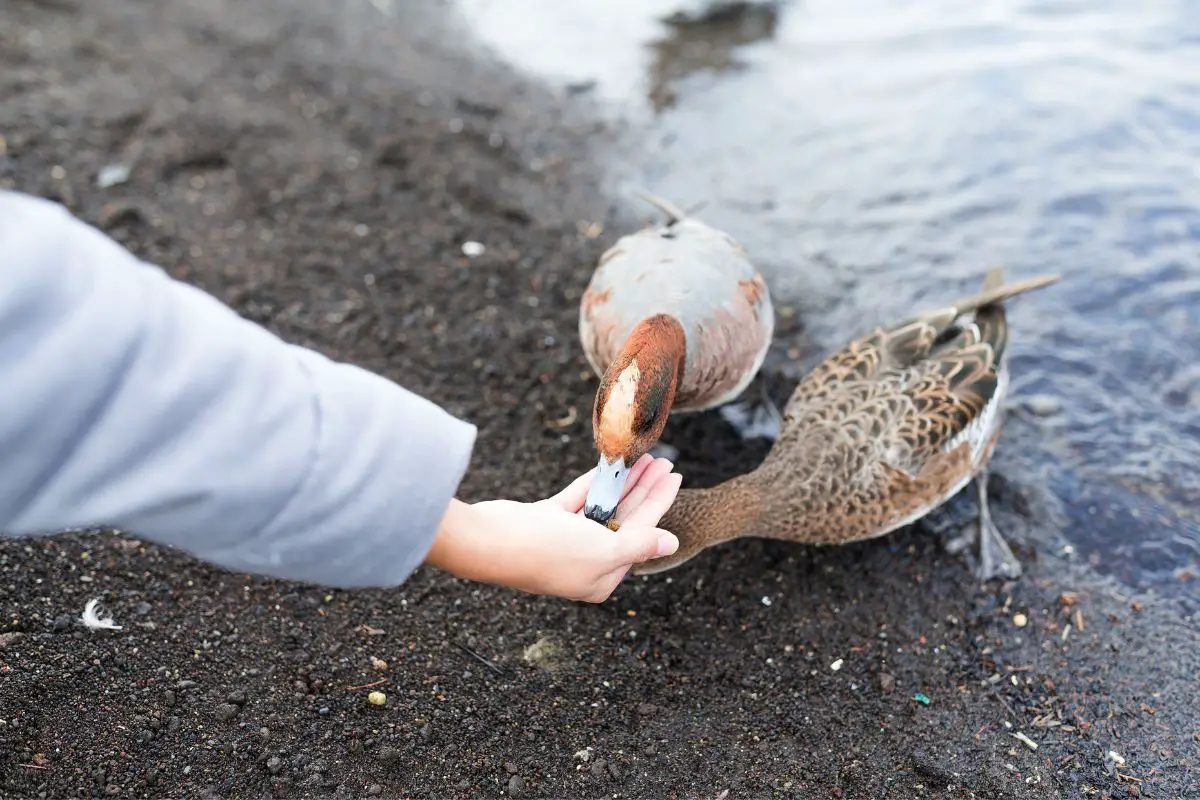
Now you know there are many problems caused by feeding wild birds in their natural habitat. Here at Birdwatch World, we do not support the feeding of wild birds but we also understand that you may want to do it from time to time. So what can you safely feed the birds?
Before I offer some alternatives to bread I want to stress a few things you need to remember:
- If there is a DO NOT FEED THE BIRDS sign anywhere nearby – do not feed them. These signs are put up for very important reasons and should be respected.
- If the birds lose interest in what you are feeding them, stop feeding them. Extra food in the water or laying around on the shore will only cause potential environmental and disease issues.
- Take home what you don’t feed them. Please do not just dump it in the water or give it to someone else to continue feeding birds who are clearly full.
Now that I got that off my chest, let’s look at some duck-friendly foods. The following list comes from the book Feeding The Birds At Your Table A Guide For Australia by Darryl Jones which is a very good read if you want to know more about feeding all sorts of birds.
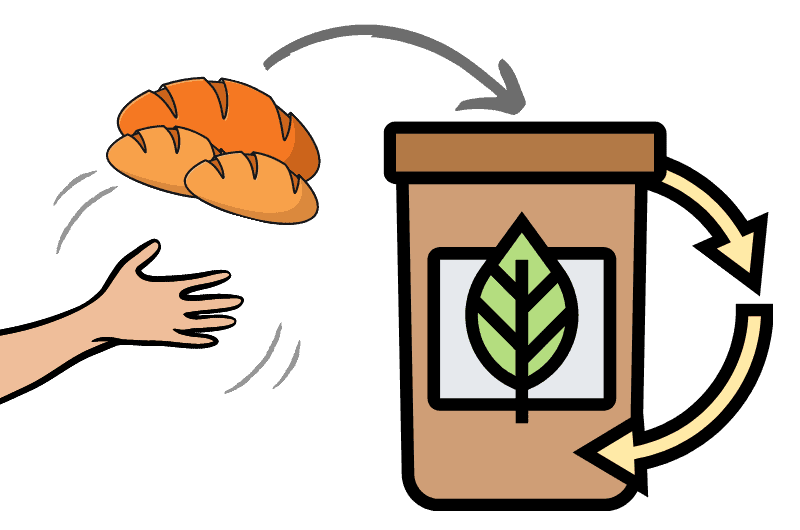
Bread Alternatives
- Lettuce, cabbage, broccoli, and spinach (torn into small pieces)
- Corn (tinned, frozen, or fresh)
- Rolled Oats (uncooked)
- Rice (brown is best; cooked not raw)
- Peas (defrosted or raw)
- Duck pellets (manufactured specifically for domestic waterfowl) [Amazon/eBay]
Next time you take the grandkids down to the lake maybe consider just watching the birds and not feeding them. If you absolutely have to feed them, please use some of the better food alternatives listed above.
Remember, we live in the same world as the ducks, geese, swans, and other birds and everything we do affects their existence and our own. Be kind to them.
References
- Feeding activity and body condition of Mute Swans Cygnus olor in rural and urban areas of a lowland river system – Jane Sears
- The Problem With Feeding Ducks – Wildlife Center Of Virginia
- Angel Wing – Wikipedia
- Just Feeding The Ducks: Quantifying A Common Wildlife-human Interaction – Renee Chapman & Darryl N. Jones
- Urban ducks: To feed or not to feed? – Sunshine Coast Council

